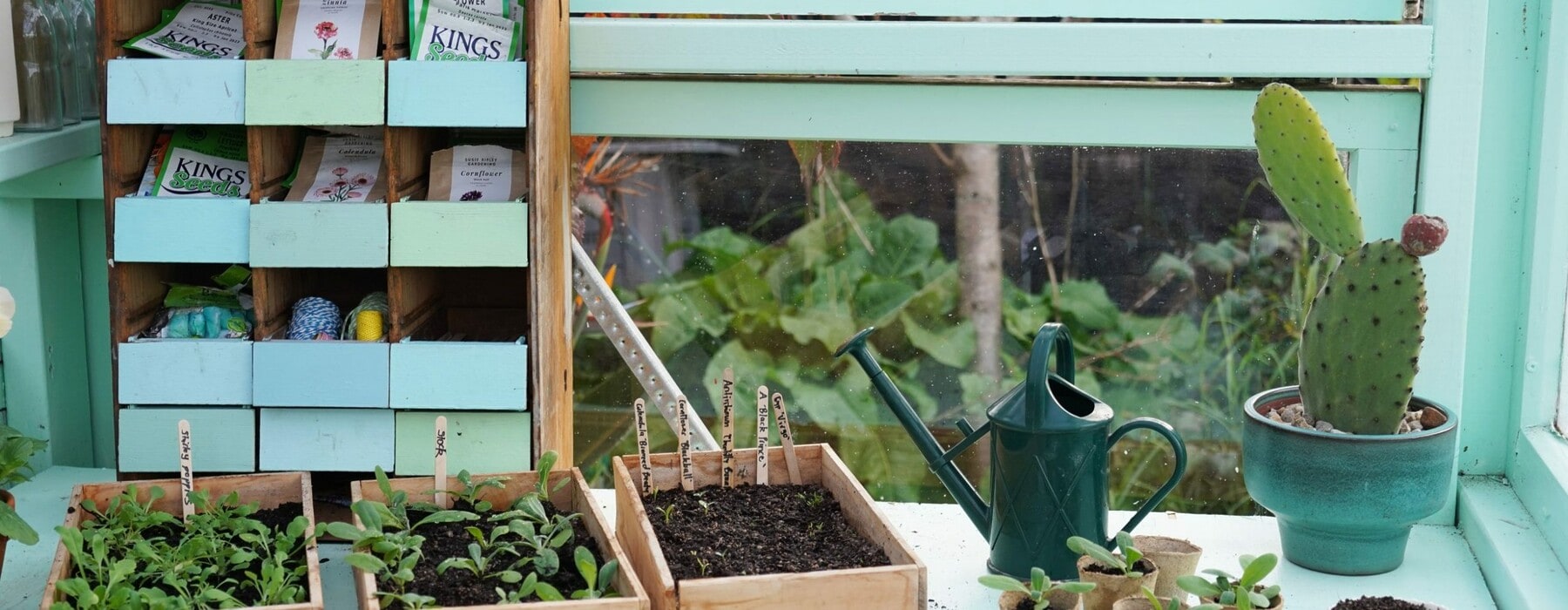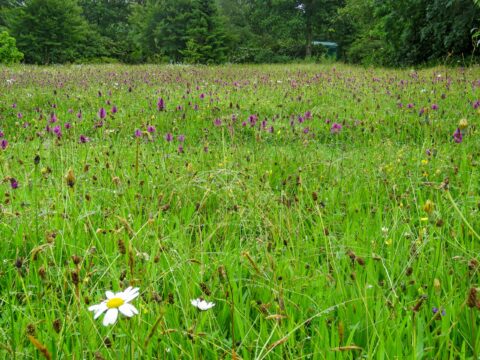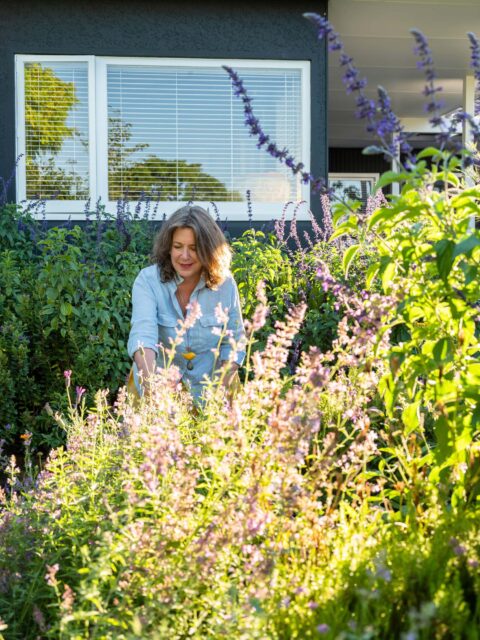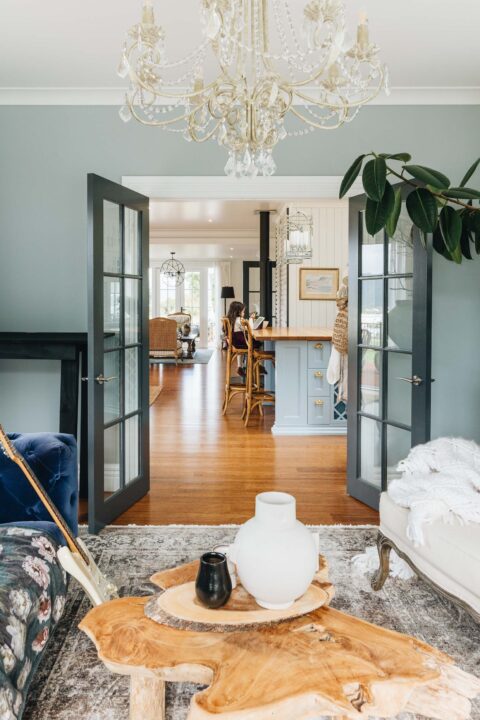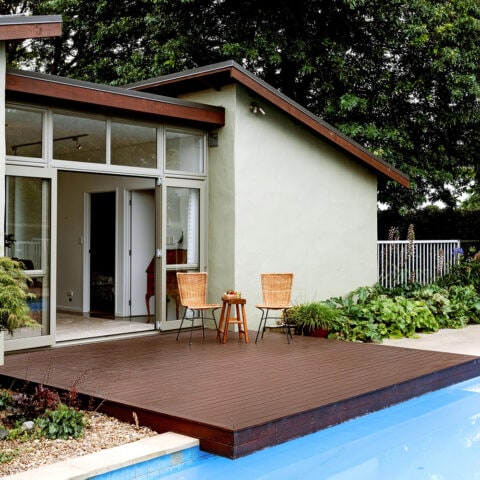Got a case of spring fever and want to get into the garden now? Check out our top tips on raising plants from seed.
One of my favourite children’s books, a remnant from my 70s and 80s childhood, is all about the wonder and science of germination and has the most optimistic title ever: A Seed is a Promise. If you haven’t grown plants from seeds before, I promise that once you start, you’ll be hooked. Pressing seeds into soil and later discovering that the first green leaves have emerged is always exciting, and four or or five months down the track, when you pick the lettuces or sweet peas or tomatoes that you’ve grown from seed, you’ll experience one of life’s joys. Plus, sowing from seed is cheaper, means you use less plastic compared with buying seedlings from garden centres in seed trays and pots that can’t be recycled, and you can grow a much wider range of plants, as there are hundreds more seed varieties than plant varieties for sale.
While sowing seeds directly into their permanent spot in the garden is less labour-intensive, in some parts of the country soil temperatures are still too cold for heat-loving plants to germinate. Fortunately you can get a head start on summer by starting off seeds indoors for planting out later.
Dirty deeds
Always buy good-quality seed-raising mix, which should contain pumice and a wetting agent, and if you’ve had a bag sitting around for a few years it’s best to purchase a new one, as seed-raising mix tends to dry out. Depending on the plant type, seeds can expire, so check the packet for an expiry date.
1 Ready, set, sow!
You can buy high-quality plastic seed trays from garden centres, including those with plastic lids that function like little glasshouses, or you can use old ice cube trays, takeaway coffee cups, plastic sushi trays or even half eggshells. Always check the packet instructions for sowing depth but, as a rule, larger
seeds shouldn’t be sown any deeper than twice their diameter, fine seeds only need a sprinkling of soil on top, and very fine seeds can just be pressed firmly into the surface of the soil. Aim to keep soil moist but not too wet (to avoid soil-borne fungal infections such as damping off), and not too dry. Everyone loves using a spritzer, no matter how old they are, so either keep the seed-raising mix moist with a spritz of water, or use a watering can with a fine rose (the end with the holes in it).
2 Temperature control
Many summer flower and vege seeds won’t germinate until the temperature is warm enough – around 16°C. You can place most edible crops on a sunny windowsill (providing they don’t get too chilled against the glass at night) or you can buy seedling heat mats from garden centres and hardware stores. You can also supply warmth by placing seed trays on heated tiles or the top of the fridge. Most seeds (lettuce not being one of them) don’t need light to germinate, so you can also raise seedlings in a dark hot-water cupboard. As soon as they germinate, bring them out into the light, ensuring they’re in a sunny spot so they don’t become leggy as they stretch towards the light. Sow summer crops such as tomatoes, cucumbers and capsicums now, so they’re ready for planting out after the last frost, which, in many parts of the country, is usually after Labour Day.
3 The big wide world
Once seedlings have grown their second set of true leaves, you may want to pick out the weaker seedlings to create more space. Eventually, you’ll need to transplant your seedlings into larger pots containing potting mix, where they’ll have more room to grow until it’s warm enough to plant them into the garden. When transplanting, lift the seedling by the leaves rather than the root. I use an ice block stick or pen to make a hole in the potting mix, then gently plant the seedling, holding it by the leaves, and water it in. Seedlings that have been raised indoors will need to be hardened off before being planted outside. Start by placing them outside for an hour or so each day,
then over the next week or so, increase the amount of outdoor time. Once planted, protect them from snails and slugs by laying snail bait or doing night hunts. Birds will also scratch out seedlings, so fence off young seedlings with twigs or another physical barrier

